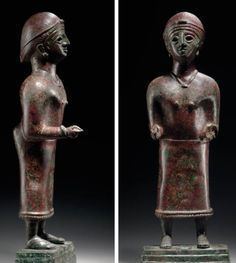 | ||
South Arabia is a historical region that consists of the southern region of the Arabian Peninsula, mainly centered in what is now the Republic of Yemen, yet it has historically also included Najran, Jizan, and 'Asir, which are presently in Saudi Arabia, and the Dhofar of present-day Oman.
Contents
- Language and etymology
- History
- Ancient South Arabia
- South Arabian Islamic dynasties
- South Arabia in the early modern and colonial era
- South Arabia in recent history
- South Arabia outside Yemen
- References
South Arabia is inhabited by peoples partaking distinctive linguistic and ethnic affinities, as well as traditions and culture, transcending recent political boundaries. This is the historical region of Qahtanite.
Language and etymology
The frontiers of South Arabia as linguistically conceived would include the historic peoples speaking the related South Arabian languages as well as neighboring dialects of Arabic, and their descendants. Anciently, there was a South Arabian alphabet, which was borrowed by Ethiopia.
Yemen or al-Yaman means "the right side". One etymology derives Yemen from yamin the "right side" as the south is on the right when facing the sunrise; yet this etymology is considered suspect. Another derives Yemen from yumn meaning "felicity" as the region is fertile; indeed the Romans called it Arabia Felix. Yaman derives from Yam, Yams, Yame, Yame or Miya, Miyah, Miah (water).
History
Three thousand years ago, several different ancient states occupied the region of South Arabia, e.g., M'ain, Qataban, Hadhramaut, Saba. In these ancient times South Arabia claimed several notable features: the famous dam at Marib, the cosmopolitan incense trade, as well as the legendary Queen of Sheba. Two thousand years ago the Himyarites became the masters of South Arabia, remaining dominant for several centuries. From Ethiopia across Al-Bahr Al-Ahmar came armies of Axum first in the 3rd–4th centuries, then later in the 6th under King Kaleb who established dominion, c. 520. They were displaced by Persian forces of the Sassanid dynasty, c.575, who also arrived by sea. A half-century later, in the year 6 A.H. (628), the region became Muslim.
Ancient South Arabia
Ancient kingdoms and appellations:
Foreign presence (before Islam):
South Arabian Islamic dynasties
South Arabia in the early modern and colonial-era
South Arabia in recent history
Independent Yemen:
